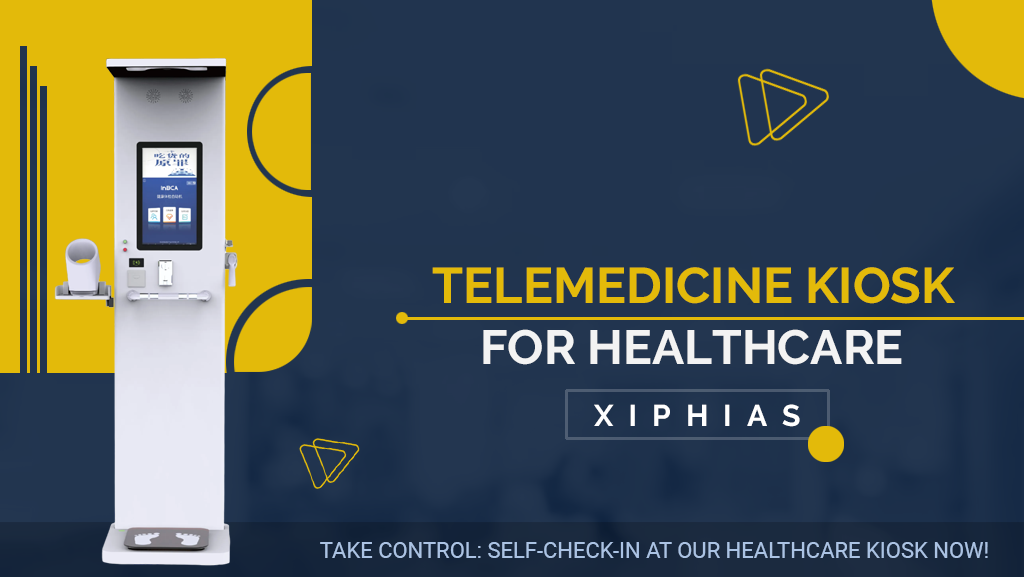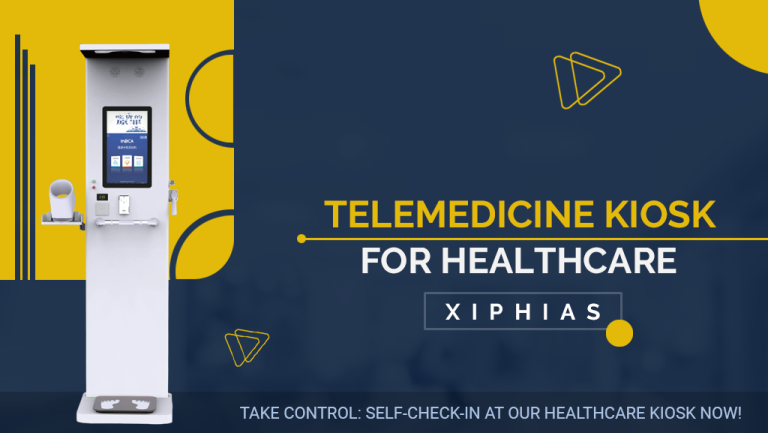How Telemedicine Kiosks are Changing the Healthcare Landscape?
The advent of telemedicine kiosks is revolutionizing the healthcare landscape, offering new ways for patients to receive care. These kiosks, equipped with various medical devices and telecommunication technologies, provide a bridge between patients and healthcare providers, enhancing accessibility and convenience. Here’s an exploration of how these innovative solutions are transforming healthcare delivery.
Enhancing Access to Healthcare
Patients in remote locations often face challenges like long travel distances and limited availability of healthcare professionals. By placing telemedicine kiosks in community centers, pharmacies, and workplaces, healthcare services become more accessible, reducing the need for lengthy commutes.
Through real-time video consultations with healthcare providers, patients can receive timely medical advice, prescriptions, and follow-up care without leaving their community. This increased accessibility helps bridge the gap in healthcare disparities.
Reducing Healthcare Costs
One of the most significant advantages of telemedicine kiosks is their potential to reduce healthcare costs. Traditional in-person visits involve various expenses, including transportation, time off work, and sometimes childcare. Telemedicine kiosks eliminate many of these costs by offering a convenient and efficient alternative.
Enhancing Privacy and Confidentiality
Privacy and confidentiality are paramount in healthcare, and telemedicine kiosks are designed to uphold these standards. These kiosks are typically located in private, soundproof areas, ensuring that patients can discuss their health concerns without fear of being overheard. Advanced encryption and secure communication technologies protect patient data, maintaining confidentiality.
Reducing Healthcare Provider Burnout
Healthcare provider burnout is a significant concern, exacerbated by heavy workloads and the demanding nature of the profession. Telemedicine kiosks can help mitigate burnout by streamlining workflows and reducing the need for in-person consultations. Providers can efficiently manage their schedules, conducting virtual consultations from their offices or homes.
The flexibility offered by telemedicine kiosks allows healthcare providers to maintain a better work-life balance, potentially leading to increased job satisfaction and reduced burnout rates. This, in turn, can improve the quality of care provided, as healthcare professionals who are less stressed and more satisfied with their work are better equipped to deliver compassionate and effective care.
Integrating with Electronic Health Records (EHRs)
Telemedicine kiosks seamlessly integrate with Electronic Health Records (EHRs), enhancing the efficiency and accuracy of healthcare delivery. The integration allows for real-time updating of patient records, ensuring that healthcare providers have access to the most current information.
Promoting Preventive Care and Health Education
Preventive care and health education are critical components of a sustainable healthcare system. Telemedicine kiosks play a vital role in promoting these aspects by providing patients with easy access to preventive services and educational resources.
Conclusion
By enhancing access to care, reducing costs, improving patient outcomes, ensuring privacy, and alleviating provider burnout, these kiosks represent a significant advancement in healthcare delivery. As technology continues to evolve, telemedicine kiosks will likely play an increasingly central role in shaping the future of healthcare, making high-quality medical services more accessible and efficient for everyone.




